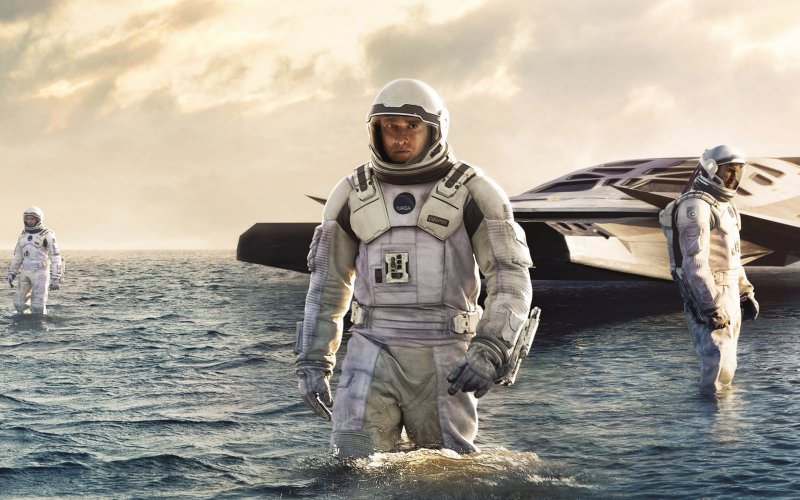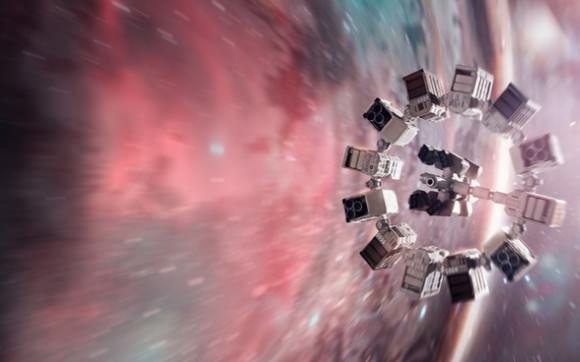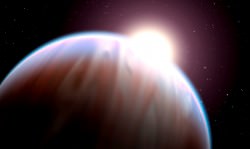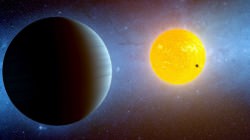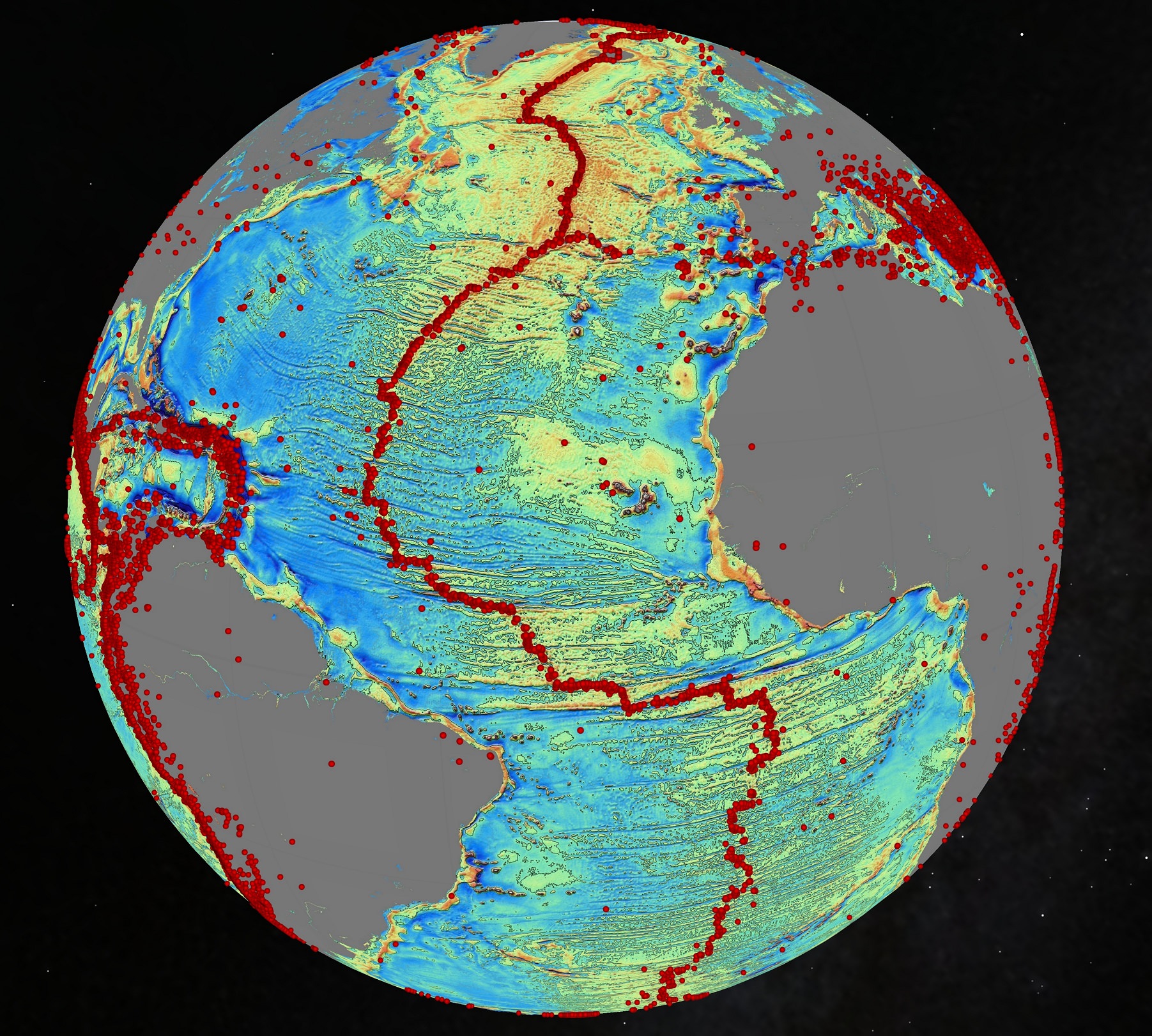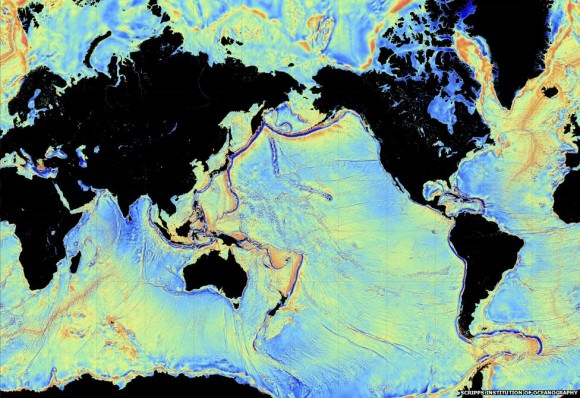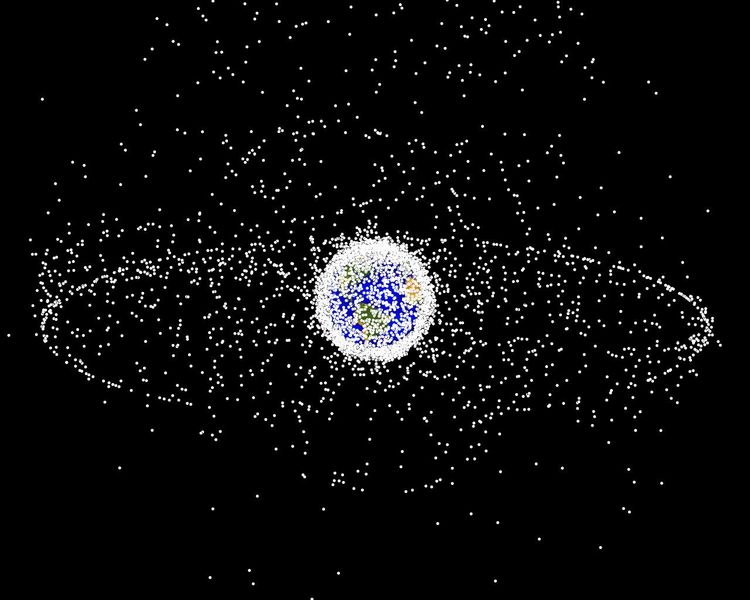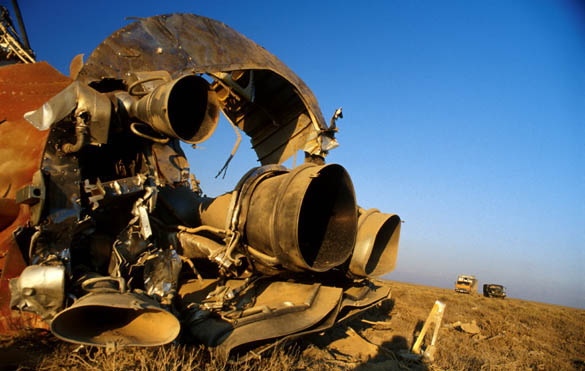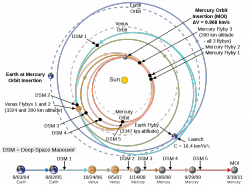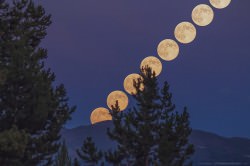The Sun has so much more mass than the Earth. So, so, so much more mass. Almost everything in the Solar System is orbiting the Sun, and yet, the Moon refuses to leave our side. What gives?
The Sun contains 99.8% of the entire mass of the Solar System. It looks to us like everything seems to orbit the Sun, so why doesn’t the Sun capture the Moon from Earth like a schoolyard bully snatching the Earth’s lunch money. That would make sense right? It all fits in with our skewed view of social hierarchy based on an entities volume.
Good news! It’s already happened, In a way. The Sun has already captured the Moon. If you look at the orbit of the Moon, it orbits the Sun similar to the way Earth does. Normally the motion of the Moon around the Sun is drawn as a kind of Spirograph pattern, but its actual motion is basically the same orbit as Earth with a small wobble to it.
The Moon also orbits the Earth. You might think this is because the Earth is much closer to the Moon than the Sun. After all, the strength of gravity depends not only on the mass of an object, but also on its distance from you. But this isn’t the case. The Sun is about 400 times more distant from the Moon than the Earth, but the Sun is about 330,000 times more massive.
If you’re up for some napkin calculations, you little mathlete, by using Newton’s law of gravity, you find that even with its greater distance, the Sun pulls on the Moon about twice as hard as the Earth does.
So why can’t the Moon escape the Earth?
In order to escape the gravitational pull of a body, you need to be moving fast enough *relative to that body* to escape its pull. This is known as the escape velocity of the object.
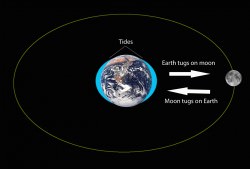
So, yes, the Sun is totally trying to rip the Moon away from the Earth, but the Earth is super clingy.
The speed of the Moon around the Earth is about 1 km/s. At the Moon’s distance from the Earth, the escape velocity is about 1.2 km/s. The Moon simply isn’t moving fast enough to escape the Earth.
Man, those numbers sure are close. I wonder if we could kickstart a rocket to stick on the side? So, even though the Moon can’t escape the Earth, it is gradually moving away. This is due to the tidal interactions between the Earth and Moon, which we talk about another video we’ll link at the end of this one.
So even though the Moon will never escape the Earth, it will continue to move away. So, what do you think? What kind of devious project should we start to get the Moon that little boost so it finally escapes the clingy Earth and all its clingy Klingon clingyness? Tell us in the comments below.
And if you like what you see, come check out our Patreon page and find out how you can get these videos early while helping us bring you more great content!


